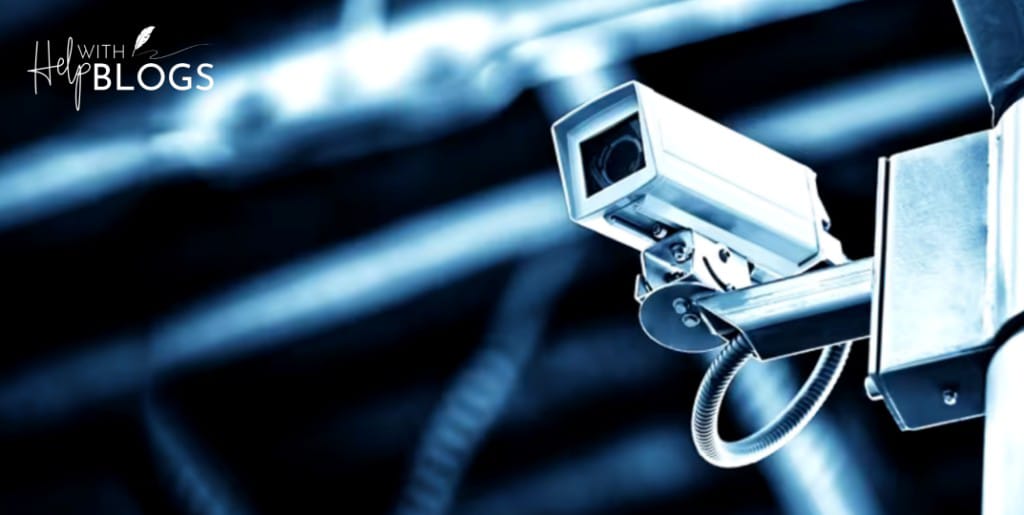Event Safety and Security: Best Practices for Ensuring Attendee Well-being
Introduction
Events are a great way to bring people together, foster connections, and create lasting memories. Whether it's a corporate conference, music festival, or a community gathering, ensuring the safety and security of attendees is paramount. Organizers have a responsibility to implement robust safety measures to safeguard the well-being of everyone present. In this blog, "Help With Blogs" explores essential best practices for event safety and security that every organizer should consider to create a safe and enjoyable experience for attendees.
- Conducting Risk Assessments
The foundation of any successful event safety plan is a thorough risk assessment. This involves identifying potential hazards and assessing the level of risk they pose to attendees. Risks can vary widely depending on the type of event, location, and expected number of attendees. From weather-related risks to crowd management issues, conducting a comprehensive risk assessment allows organizers to proactively address potential threats and design effective mitigation strategies.
- Collaborate with Local Authorities
Event organizers should always collaborate with local authorities, including law enforcement, fire departments, and emergency medical services. These professionals have valuable expertise and resources that can significantly enhance event safety. They can also assist in traffic management, crowd control, and emergency response planning. Engaging with local authorities from the early planning stages ensures seamless coordination and quick responses in case of emergencies.
- Crowd Management and Capacity Planning
Managing large crowds requires careful planning and consideration. Events with excessive attendance beyond the venue's capacity can lead to chaotic situations and jeopardize attendee safety. To avoid such risks, event organizers should implement crowd management strategies that include clearly marked exit routes, crowd flow patterns, and barriers to prevent overcrowding in specific areas.
- Trained Event Staff and Volunteers
The importance of a well-trained event staff and volunteers cannot be overstated. Each member of the team should be familiar with safety protocols, emergency procedures, and communication methods. Training should cover various scenarios, from medical emergencies to evacuation procedures. Additionally, event staff and volunteers should be equipped with clear identification so attendees can easily approach them for assistance.
- Access Control and Bag Screening
Controlling access points to the event venue can significantly enhance security. Employing trained security personnel to conduct bag screening and metal detection can deter potential threats and ensure attendees' safety. Visible security measures can also provide attendees with peace of mind, knowing that their safety is being prioritized.
- Emergency Communication Systems
Having robust communication systems in place is crucial for event safety. This includes establishing clear channels of communication between event staff, volunteers, and local authorities. In case of emergencies, timely and accurate information dissemination can prevent panic and facilitate swift and effective responses.
- First Aid Stations and Medical Services
Event organizers should set up accessible first aid stations staffed with medical professionals and equipped to handle common medical issues. Additionally, larger events may require on-site medical teams to respond quickly to more serious emergencies. Having medical services readily available can make a significant difference in attending to attendees' well-being in case of injuries or health issues.
- Weather Contingency Plans
Weather can be unpredictable, and outdoor events are particularly vulnerable to its impact. Event organizers must have well-defined weather contingency plans to address adverse weather conditions. These plans should include procedures for sheltering attendees, evacuating the venue if necessary, and monitoring weather updates throughout the event.
- Secure Vendor and Equipment Screening
Event safety also involves scrutinizing vendors and equipment brought onto the premises. Ensuring that vendors and their equipment meet safety standards is essential to prevent any mishaps. This includes inspecting food vendors for proper hygiene practices and checking electrical equipment for safety compliance.
- Post-Event Evaluation and Improvement
After the event, organizers should conduct a thorough evaluation to identify any shortcomings or areas for improvement in the safety and security measures. Feedback from attendees and event staff can provide valuable insights to enhance future events. Continuous improvement in safety practices is vital to adapt to changing circumstances and maintain the highest standards of attendee well-being.
Conclusion
Prioritizing event safety and security is non-negotiable for any responsible event organizer. Implementing best practices, such as conducting risk assessments, collaborating with local authorities, and training event staff, can significantly enhance attendee well-being. From crowd management and access control to emergency communication systems and weather contingency plans, every detail matters when it comes to creating a safe and enjoyable event experience. By adopting these best practices, event organizers can ensure that attendees leave their gatherings with positive memories, having felt secure and cared for throughout the event.

